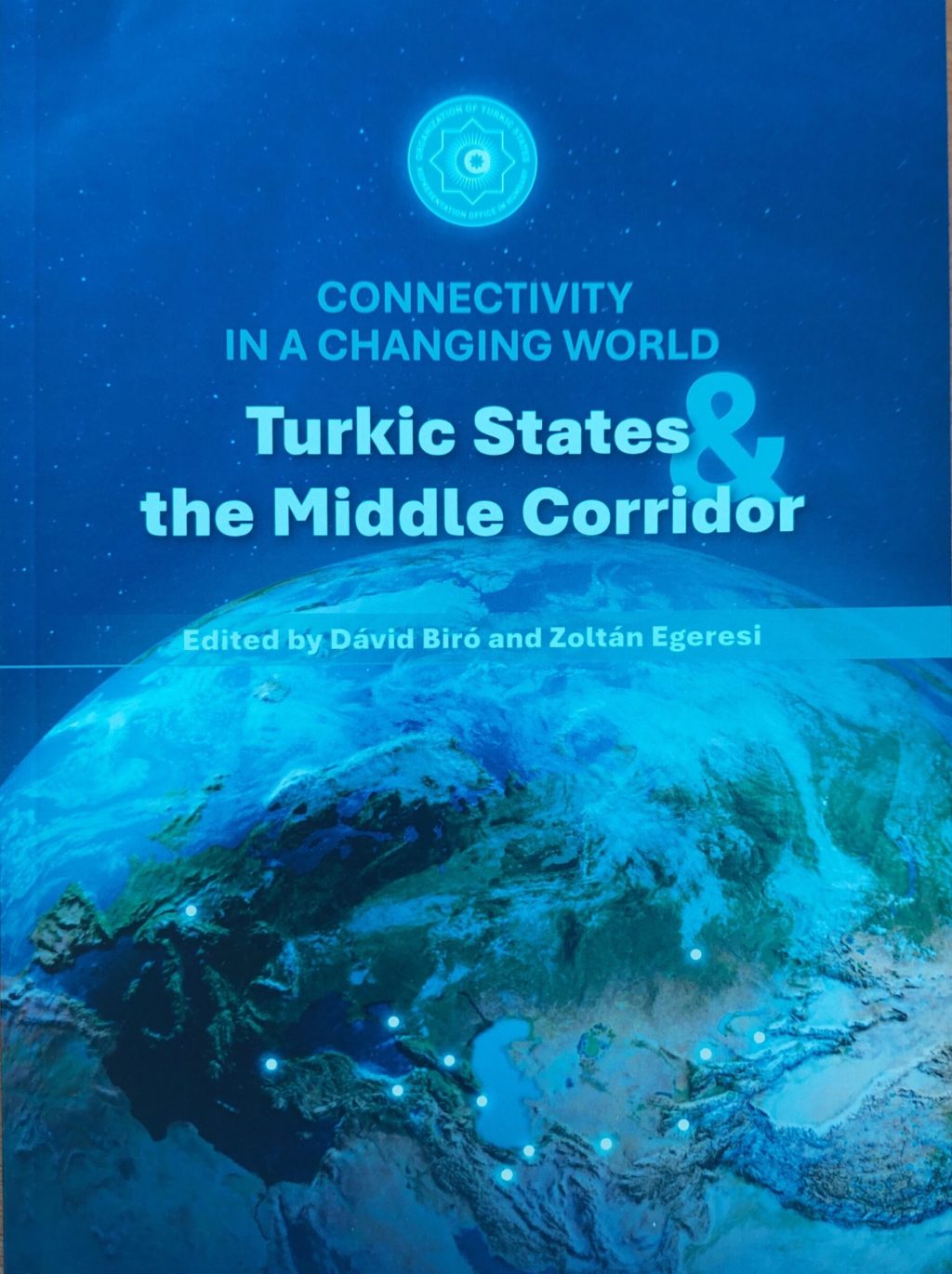Is the EU’s exit from Russian fossil fuels an opportunity, a threat, or a nuance for Central Asian energy exporters?
Author: András Deák
In: Biró Dávid, Egeresi Zoltán (eds.): Connectivity in a changing world: Turkic States and the middle corridor. Budapest: Türk Államok Szervezete Magyarországi Képviseleti Iroda, 2025. pp. 79-100.
Abstract
The EU’s Russian fossil fuel exit has changed the context of Central Asian energy exports considerably. Before Russia’s renewed aggression against Ukraine in February 2022, Russia’s hydrocarbons provided roughly 40% of Europe’s demand. Three years later, Russian exports have retreated only to a handful of countries within the EU, holding only small margins in their former market. According to Eurostat, the share of Russia in direct EU energy imports was 5.4% in 2023, falling from 29.3% in 2019. One might think that disappearing Russian exports have been opening up a huge market for alternatives, among others, Central Asian suppliers. In reality, energy warfare between the European Union and Russia raises various infrastructural, market, and notional barriers before Kazakh, Azerbaijani, and potential Turkmen exporters. These new constraints increase already existing uncertainty regarding the future of EU fossil markets and may deteriorate its business attractiveness in the eyes of Central Asian producers.
The paper provides an early analysis of major change factors relevant to the Central Asia-EU energy bridge. Understandably, we focus on fossil fuel markets, primarily oil and gas, and skip prospective segments, such as minor or rare minerals and renewable energy. In the first section, we provide an overview of relations prior to 2022 and the shifts after the war restarted. We discuss the problems of Kazakh oil transit through Russia, the potential of Azerbaijani oil and gas exports, and their future conditions. In the second part of the paper, we try to outline the dynamics between the EU’s Russia fossil fuel exit and its decarbonization agenda—two contradictory drivers, offering only a limited and shrinking rationale for major investments in European exports in Central Asia.




